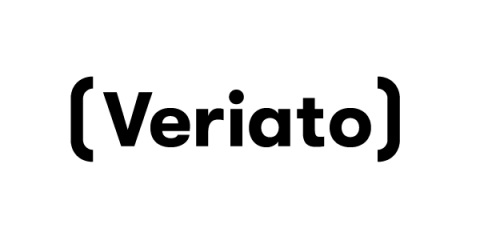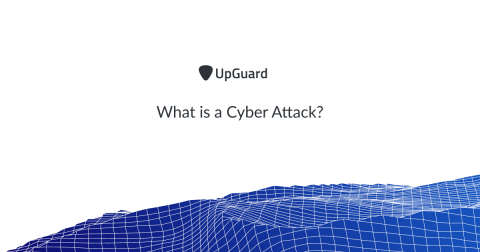Five Ways AI is Cutting Costs in Start-Ups and Small Businesses
Companies of various sizes have embraced the concept of the lean startup. Organizations are continually looking for ways to save money and stretch limited budgets to the max. Thanks to the growth in diverse applications of artificial intelligence, technology is helping companies achieve this goal.







